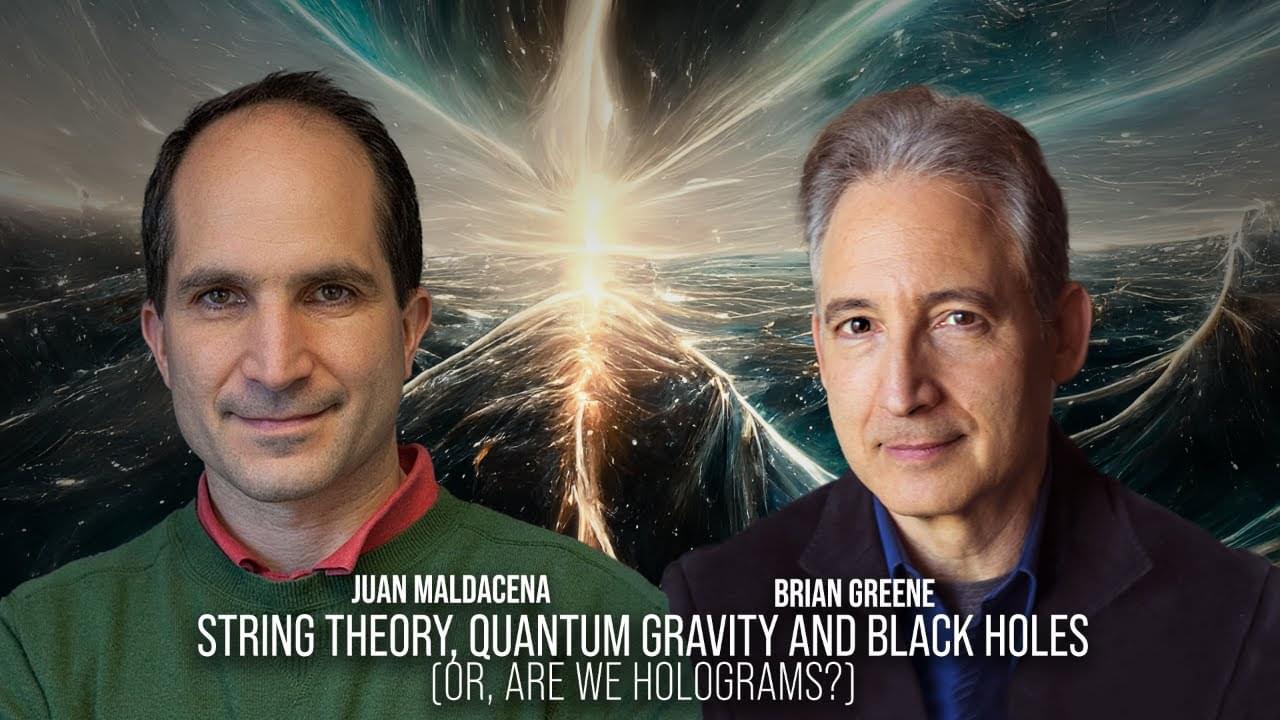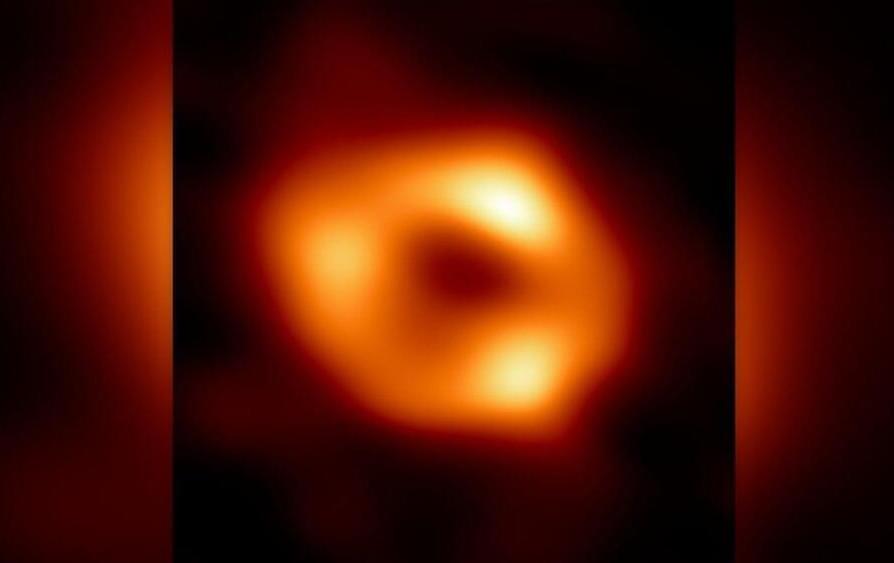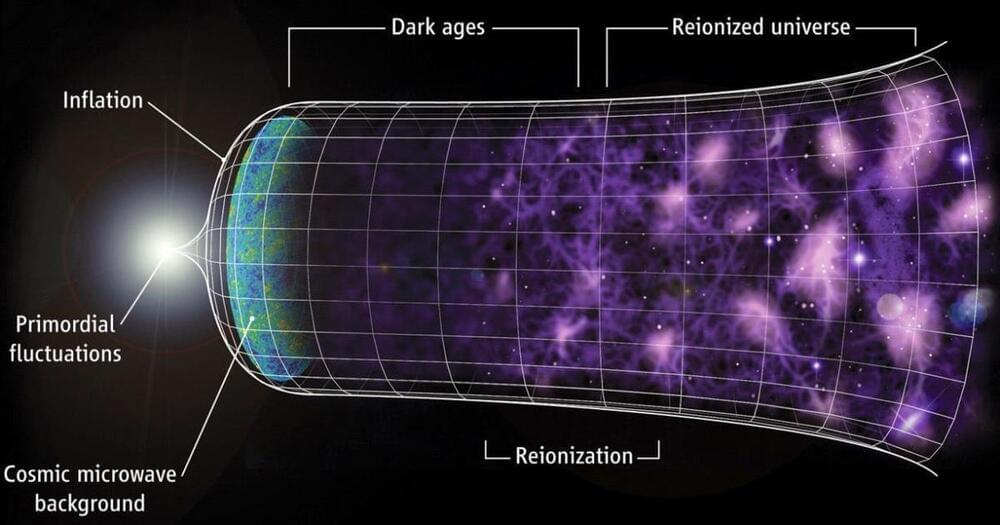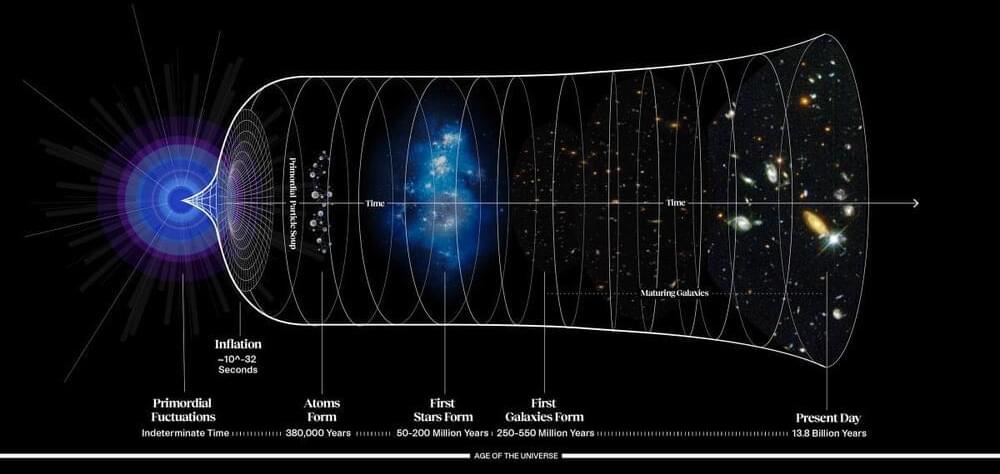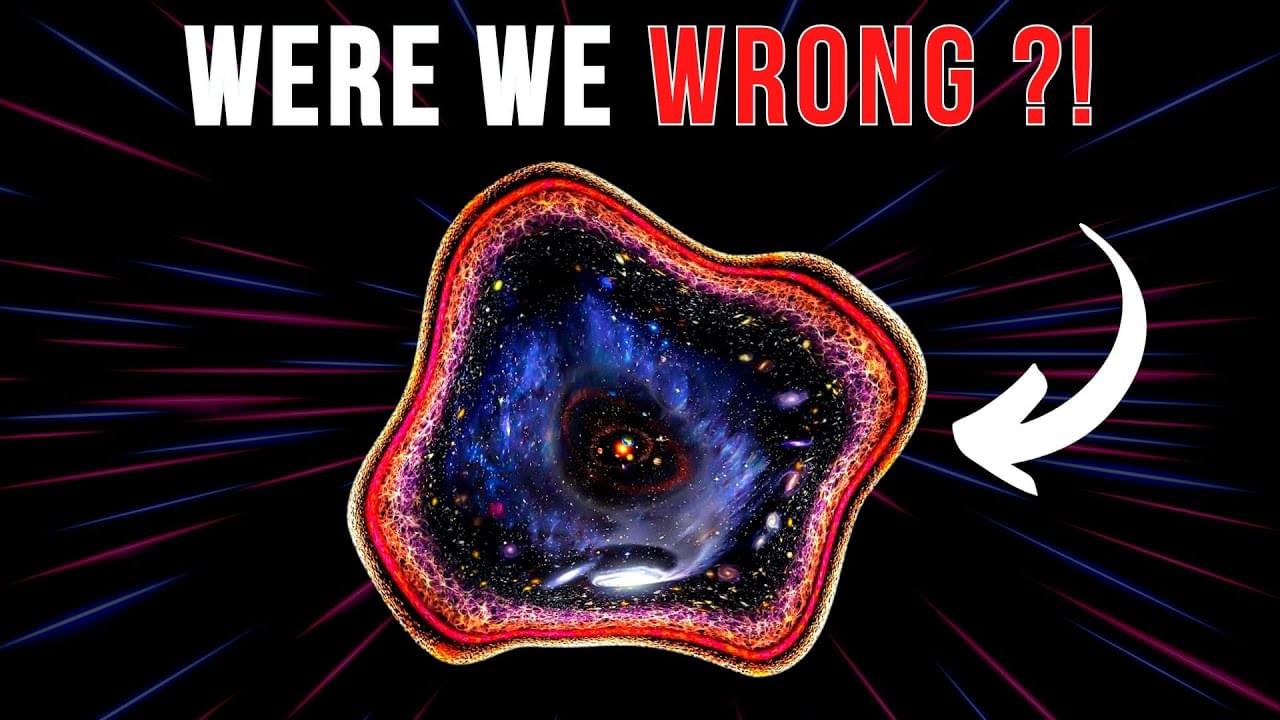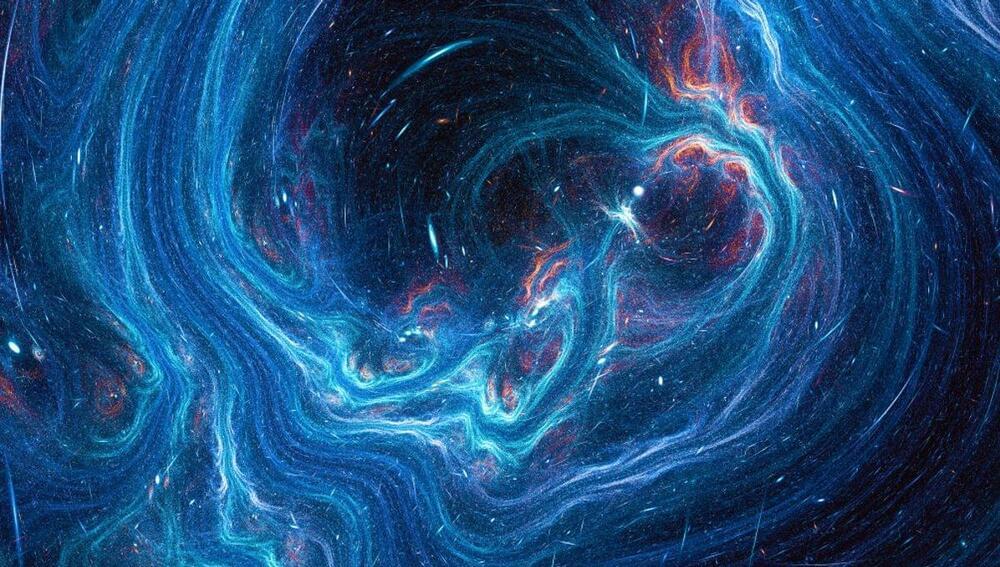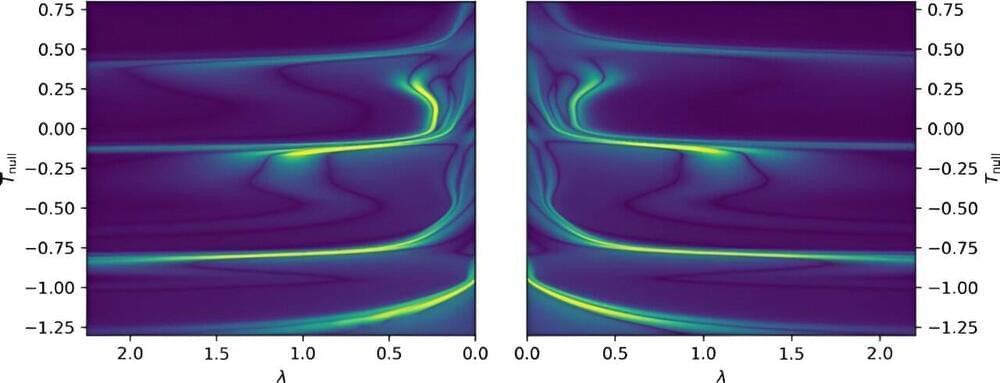Nov 20, 2023
String Theory, Quantum Gravity and Black Holes (Or, Are We Holograms?)
Posted by Dan Breeden in categories: cosmology, holograms, quantum physics
Join Brian Greene and Juan Maldacena as they explore a wealth of developments connecting black holes, string theory, quantum gravity, quantum entanglement, wormholes, and the holographic principle.
This program is part of the Big Ideas Series, made possible with support from the John Templeton Foundation.
Continue reading “String Theory, Quantum Gravity and Black Holes (Or, Are We Holograms?)” »
